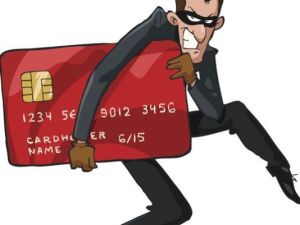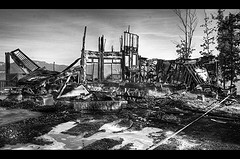 Today’s top story: How an engineer digs out of $100,000 in loans. Also in the news: What to do if Hurricane Florence hits your home and/or mortgage, 3 low-stress ways to invest for retirement, and the pros and cons of identity monitoring.
Today’s top story: How an engineer digs out of $100,000 in loans. Also in the news: What to do if Hurricane Florence hits your home and/or mortgage, 3 low-stress ways to invest for retirement, and the pros and cons of identity monitoring.
Debt Diary: How an Engineer Digs Out of $100,000 in Loans
Accounting for every single expense.
What to Do If Hurricane Florence Hits Your Home, Mortgage
Recovering from disaster.
3 Low-Stress Ways to Invest for Retirement
How to get started.
The Pros and Cons of Identity Monitoring Services
Are they worth the expense?
 Today’s top story: How to rebound from natural disaster debt. Also in the news: Quitting your job without another lined up, a 5-step recipe for financial success, and how to get in the holiday spirit without going into debt.
Today’s top story: How to rebound from natural disaster debt. Also in the news: Quitting your job without another lined up, a 5-step recipe for financial success, and how to get in the holiday spirit without going into debt. Today’s top story: Why more banks are turning to biometrics for security. Also in the news: How natural disasters can hurt your finances, how to get your late credit card payment waived, and 10 things that will cost you less this summer.
Today’s top story: Why more banks are turning to biometrics for security. Also in the news: How natural disasters can hurt your finances, how to get your late credit card payment waived, and 10 things that will cost you less this summer.
